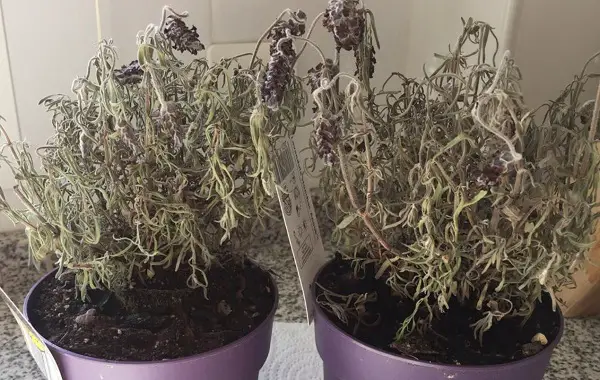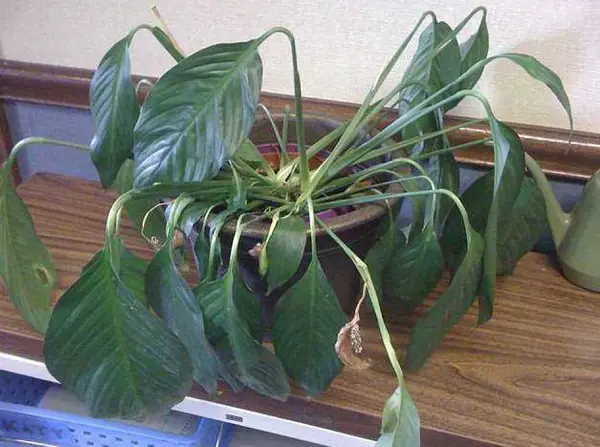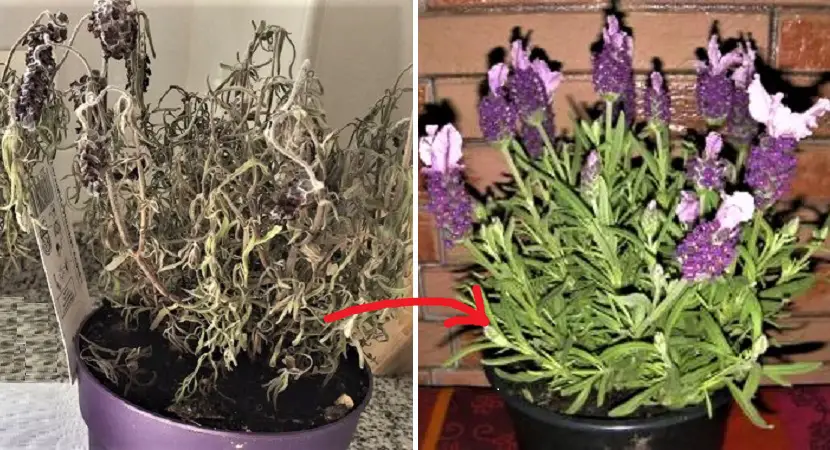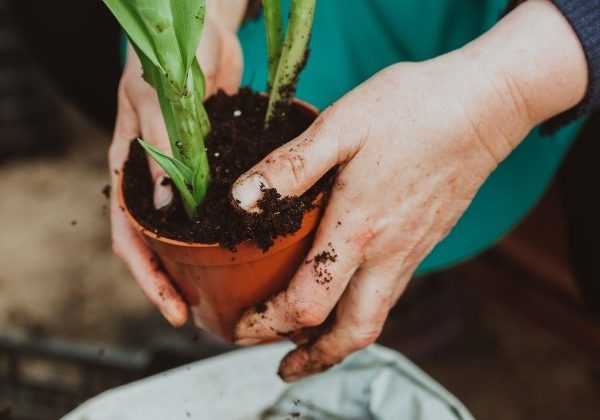Reviving a drying plant requires quick action and careful attention to its needs.

Follow these steps to help your plant recover:
- Assess the Damage: If your plant is dried out, remove any dead or dry leaves, stems, or branches. This will help redirect the plant’s energy to healthy parts.
- Rehydrate the Soil: Carefully remove the plant from its pot and loosen the soil around the roots. Then, place the plant in a larger container filled with warm water. Let it soak for at least 15 minutes to allow the soil to absorb moisture thoroughly. After soaking, drain excess water and replant the succulent in fresh soil, being gentle with the roots.
- Provide Moisture: After replanting, mist the leaves with water to provide additional moisture. Ensure the plant is placed in a location with adequate sunlight but not direct sunlight, as it may further stress the plant.
- Monitor and Water Carefully: Keep a close eye on your plant’s moisture levels and water it only when the topsoil feels dry to the touch. Overwatering can lead to root rot, so be cautious and water sparingly.
For plants with excess water:

- Assess Root Health: Carefully remove the plant from its pot and examine the roots. Trim away any soft or rotting roots, as well as any damaged stems or leaves. Maintain a balance between the foliage and the roots.
- Replant in Well-Draining Soil: Choose a new pot with excellent drainage to prevent waterlogging. Rinse the pot thoroughly before planting to remove any contaminants. Plant the salvaged parts in fresh soil, ensuring the pot has proper drainage holes.
- Water Strategically: Water the plant only when the topsoil feels dry to the touch, and avoid overwatering. Consider using chamomile tea for the first watering, as it contains antifungal properties that can help combat root rot.
By following these steps and providing the necessary care, you can help revive your drying or waterlogged plant and restore it to health. Remember to monitor its progress closely and adjust your care regimen as needed.
Show Comments



